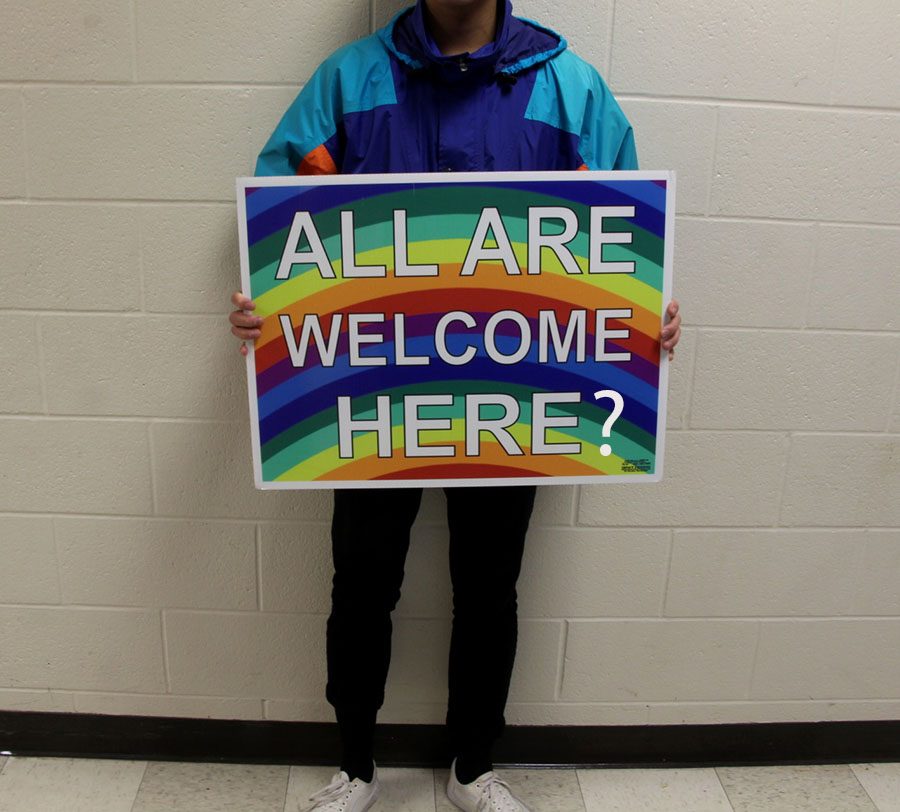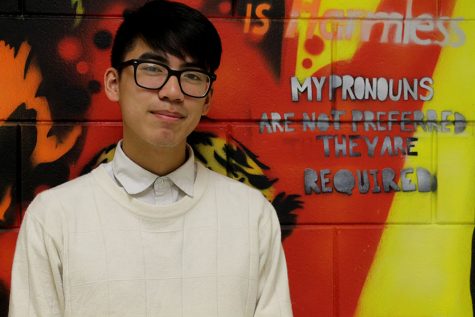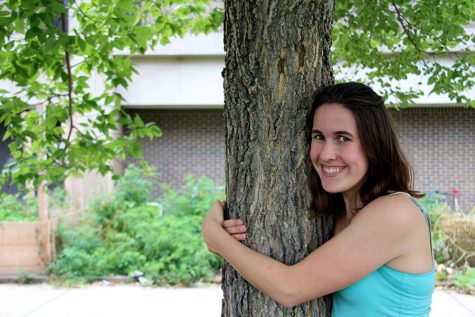The South High paradox: diverse, yet divided
November 5, 2018
As a freshman, I gawked at the diversity of our school. The colorful faces of the open house immediately reeled me in; I had classmates that looked like me and didn’t look like me. As someone who grew up without seeing other people of color—especially Asian-Americans—at school, that meant a lot to me. Then and there, I felt like South was a home for me and students like me.
As a sophomore, I began to dig deeper into what South High School offered for students of color. Immediately, I joined the Asian Student Association and performed in May alongside other Asian-American students for the rest of the school; our faces of color shined on stage. Then and there, the diversity of South High School felt more comfortable than ever before.
As a junior, I felt the power of diversity wane as I dug deeper into social justice. I saw my friend groups get ripped apart on the question of politics, unable to talk themselves through the different ideas we had about the world. Was this still diversity? For three years, I saw South High School beat the word “diversity” to death, and to what ends? Then and there, I began to question everything I knew.
Now, as a senior, I’m hesitant to impulsively affirm our diversity. For four years, I’ve seen South High School rear its ugly head in politics; I’ve witnessed our unproductive call out culture, our trendy activism, and our inability to hold ourselves accountable for what we say. Today, there’s one final question that nags me as I walk through these halls for the last few times in my life: How much better does South’s diversity really make us?
Yes, South High School is diverse. But what does that even mean?
Senior Marie Stebbings stated that there was more to “diversity” than our impressive racial/ethnic demographics: “Statistically, South is very diverse,” she said, “Diversity is fetished at South High as something we like to talk about as in, ‘we’re so diverse,’ ‘we have so many students of color!’”
Are students “right” in celebrating South High School’s racial/ethnic diversity? Not quite. Getting the statistics down in enrollment is only half the battle; where we must locate our discussion is in how we interact with those who are different than us in our classrooms, hallways, and activities and what mindset we bring into those exchanges.
In other words, statistical diversity simply isn’t enough. “Adding a black person to a white space doesn’t make it diverse; you just added a black person,” she concluded.
“I think the big issue is that people believe that aligning with [certain beliefs] really separates them more than you might think,” Endeshaw explained.
Endeshaw used the term “binary politics” to describe the state of our nation today, where politics are violently polarized into two mutually-exclusive sides. People are unable to represent their own ideas, and must fit into what Endeshaw called a “box.”
“We need to get away from those generalizations, and I think it’s hard to because we like to fit into those generalizations.” Endeshaw said. “When we stand alone and only with our own perspectives, a lot of times we get beat down.”
However, division isn’t just exclusive to politics; it encompasses any and every form of difference, including race, ethnicity, religion, and culture. “I feel like people use ‘diversity’ as synonymous to race, and it’s not always about race.” Otiso said, for example.
In our polarized society, we have strict definitions of certain identities that can pressure us into either conformity or dissociation with others. In an educational space where social interactions can induce anxiety for many students, this matters in determining who we naturally gravitate towards and who we unintentionally ignore.
The problem is that South High School segregates itself in a variety of different ways. Our mob mentality traps us into specific groups while isolating the rest, and our call out culture denies us from having productive conversations with people who think differently from us. In other words, yelling at people and cutting them off has become what many consider “activism.”
“[Politics] should be a conversation, because you’re not going to change anyone’s minds if you yell at them,” Otiso said in regard to the call out culture. “Instead, educate them and tell them what they did wrong.”
At South, our diversity is complicated. On one hand, our school is home to a variety of different experiences and perspectives. On the other hand, our school is a like-minded place that can feel very pressuring for students who are on the fence in terms of politics or struggling to figure out who they are.
The problem is that we have misunderstood the meaning of “diversity” and what “diversity” entails for our experience at school. Our diversity exists, but we simply aren’t putting in the work to see our diversity flourish in a way that empowers us to be culturally-competent citizens. We are bystanders to cultural division, rather than beneficiaries of cultural diffusion.
There’s nothing wrong with associating with individuals who make you feel secure or validate your perspective in the world; in fact, it’s a natural human tendency. With how emotionally taxing hard conversations can be, it’s necessary for our self-care to find belonging with those who can spare us the trouble of justifying our beliefs.
However, what is in our control is how we treat individuals who don’t click with what we stand for. We should hold ourselves accountable for the ways in which we yell at others and deny others an opportunity to understand us, and instead create a new standard for how we move the conversation forward at our school.
If we wish to produce a forward-thinking environment where everyone has a chance to change the world, then we have to break out of our “boxes” and confront our world for what it really is: A world filled with difference. In today’s national politics, bridging this divide is more important than ever, and our students will be those who set the tone for discussion and the direction for change in our future.
Rather than ensnare ourselves within our comfort zones, we must not be afraid to reach out to those who are different from us and recognize that there is more to diversity than our numbers or the faces that we see in our classrooms; where real diversity exists is within the conversations that bring us together and spur our growth as individuals, whether we agree in the end or not.









Southerner grad! • Nov 26, 2018 at 10:15 pm
This is a great article and I love seeing how far South/Southerner have come since I’ve been there!! Keep it up!!!
A South HS grad • Nov 6, 2018 at 10:43 pm
Thanks for the thoughtful article. I agree that “Getting the statistics down in enrollment is only half the battle”: I would have appreciated some actual statistics, even if only estimates. What are the demographics of South’s student population? Race/ethnicity, religion, income/wealth, language, political beliefs, gender, sexual orientation, disability status, etc. Even a link to an article laying these out would help the reader understand the context.